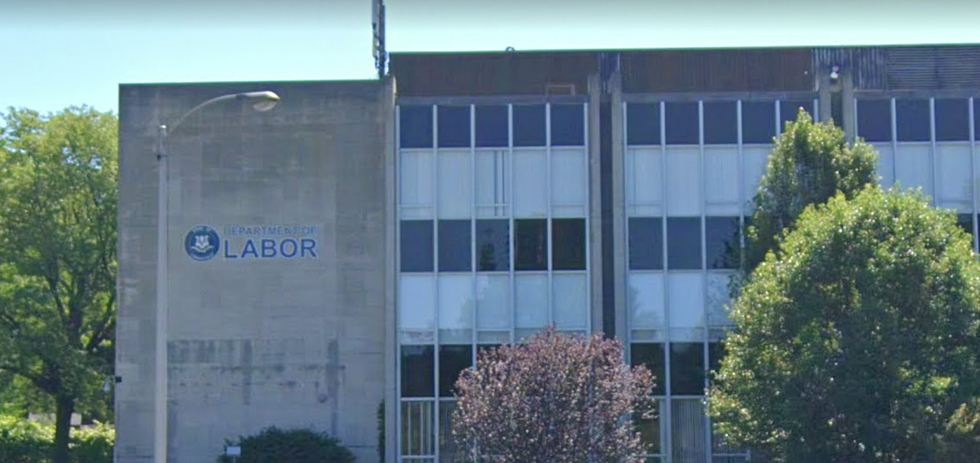
Candlewood Lake Authority Warns About Dangers of Blue-Green Algae
It's normal to see algae in Candlewood Lake and other bodies of water, you might even see algae blooms (a large concentration of algae), but have you heard of Blue-Green Algae? It has been seen in the area and you definitely want to stay away from it.
According to the Candlewood Lake Authority, Blue-Green Algae (Cyanobacteria) can make toxins that are dangerous for both people and animals. They suggest just avoiding algae blooms all together, because it may be hard to determine which is a safe algae bloom and which is a dangerous one.
Earlier in the summer Squantz Pond was actually closed for a week to see if there was and risk of exposure to toxic algae.
Here are some of the health effects that can happen if you come in contact with Blue-Green Algae:
- Skin Irritation
- Eye Irritation
- Respiratory Irritation
- Gastrointestinal Symptoms (like vomiting and diarrhea)
If the Blue-Green Algae are making toxins, the symptoms can get much worse, especially for kids and pets. If they are producing toxins, the algae can affect the liver, kidney, and neurological functions.
If you, your pet, or anyone you know has come into contact with Blue-Green Algae or has any of the symptoms listed above call your doctor or veterinarian right away.
Some precautions the Candlewood Lake Authority suggests,
- Thoroughly rinse yourself (or your pet) off.
- If you experience any signs of symptoms post-exposure contact your health care provider or Poison Control Center for advice.
- Immediately contact your veterinarian if your pet shows any symptoms post-exposure.
If you think you have seen Blue-Green Algae on Candlewood Lake, the Candlewood Lake Authority asks that you contact them at clainfo@earthlink.net or you can call them at 860-509-7758.
The also ask that you provide them with info about the algae bloom:
- Date and Time
- Specific Location
- Picture of the Bloom
For more information on Blue-Green Algae you can visit the DEEP website.
More From WRKI and WINE









